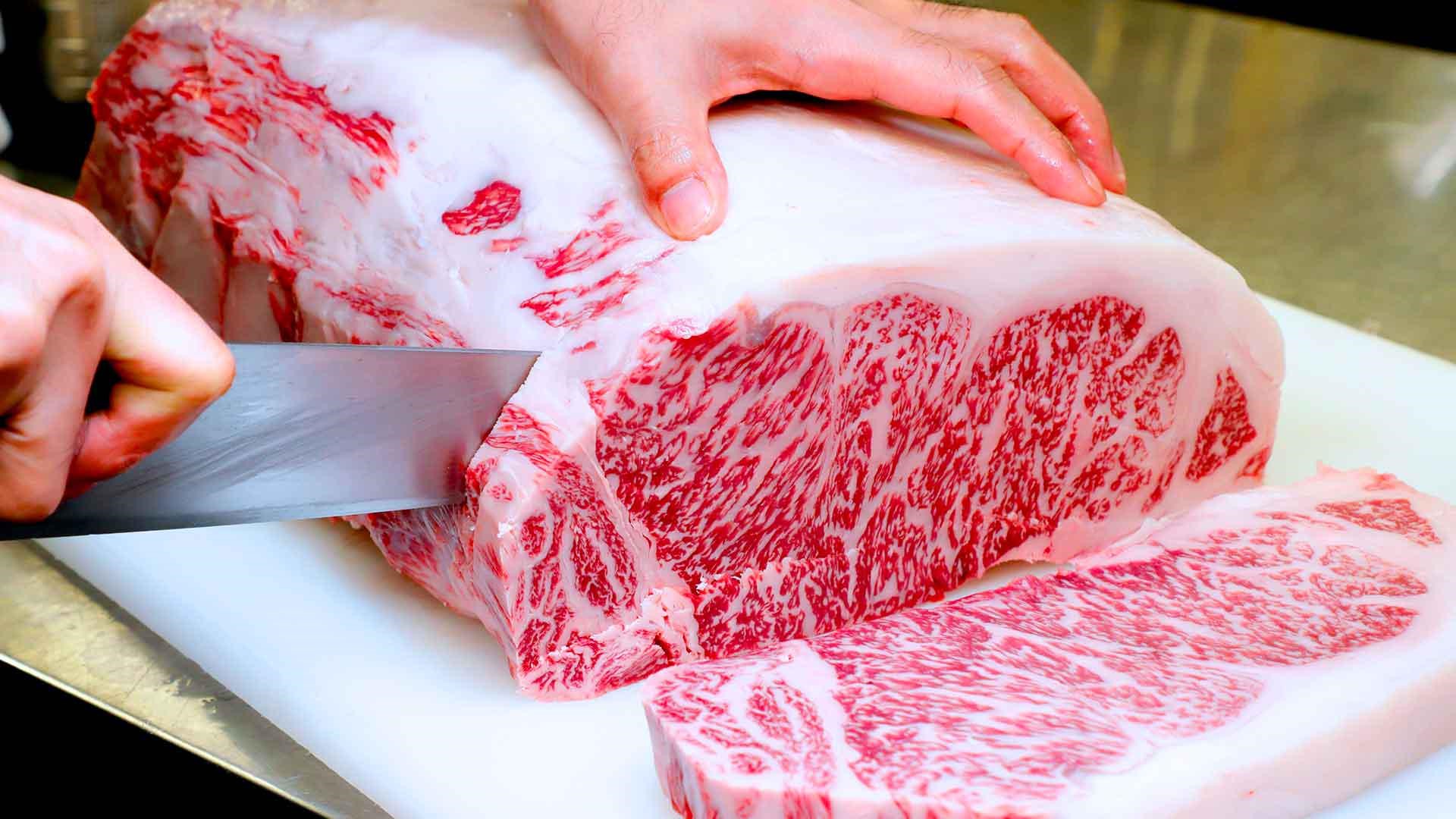
First 3-d printed Wagyu beef
Scientists in Japan successfully 3-D printed a cut of Wagyu beef that looks just like the real thing.
The team used three dimensional bioprinting to replicate the cut's specific arrangement of muscle, fat and blood vessels.
Like traditional 3-D printing, bioprinting uses a computer-generated model that deposits layers of material to create a final three-dimensional project. But unlike standard methods which use materials like plastic or metal, 3-D bioprinting stacks living cells to build complex structures like blood vessels and muscle tissue.
To create the manufactured meat, scientists used two types of stem cells from specific breeds of Waygu cows. By manipulating the stem cells, they could coax them into every type of cell needed to culture the meat. The individual fibres of muscle, fat and blood vessels were bio-printed in layers that replicated a perfect Waygu cut.
The team hopes this high-controlled printing method can improve lab-grown meat texture, too. Theoretically, a customizable meat printing method means scientists could create tastier, more tender cuts of beef than exist today.
Scientists hope their 3-D printed meat will be an appealing option for those looking to reduce their reliance on livestock, greenhouse gas emissions and provide a more sustainable—and delicious—alternative to traditionally-raised beef.
The high cost of production and limited regulatory oversight means it won’t be available on supermarket shelves any time soon.
 English
English Arabic
Arabic


